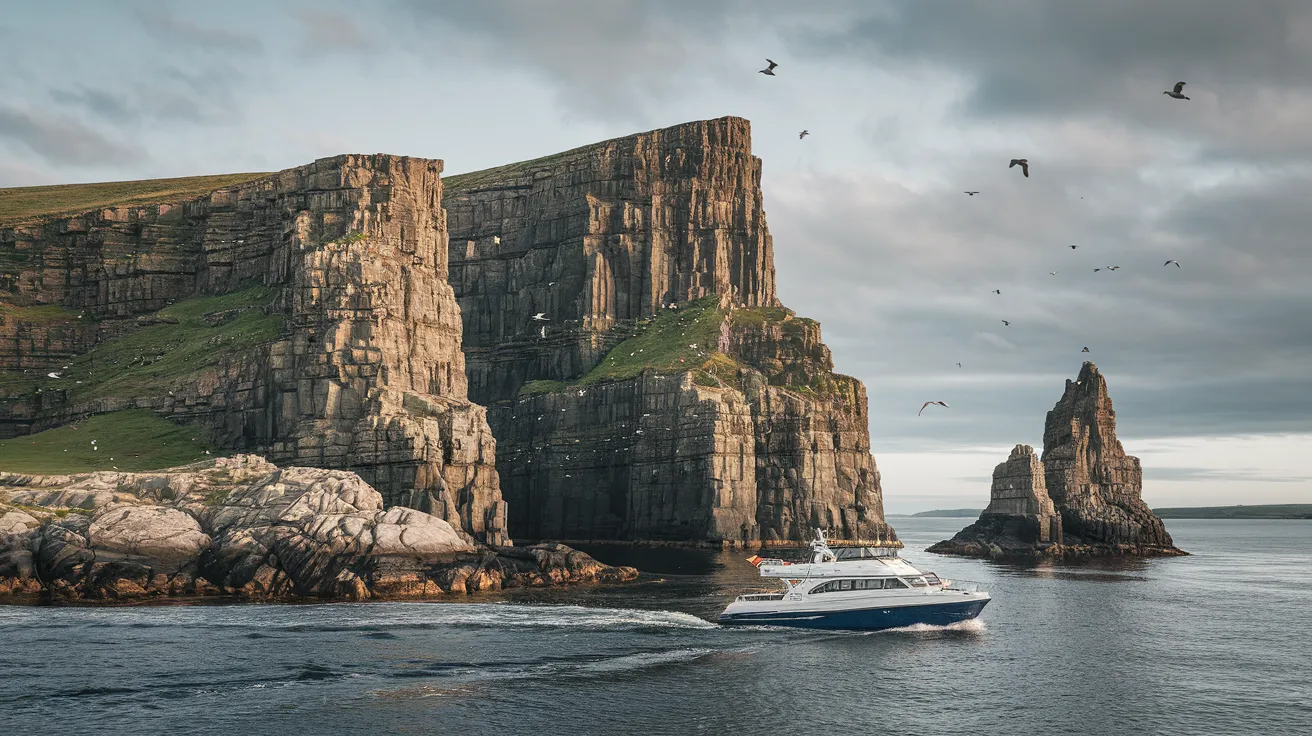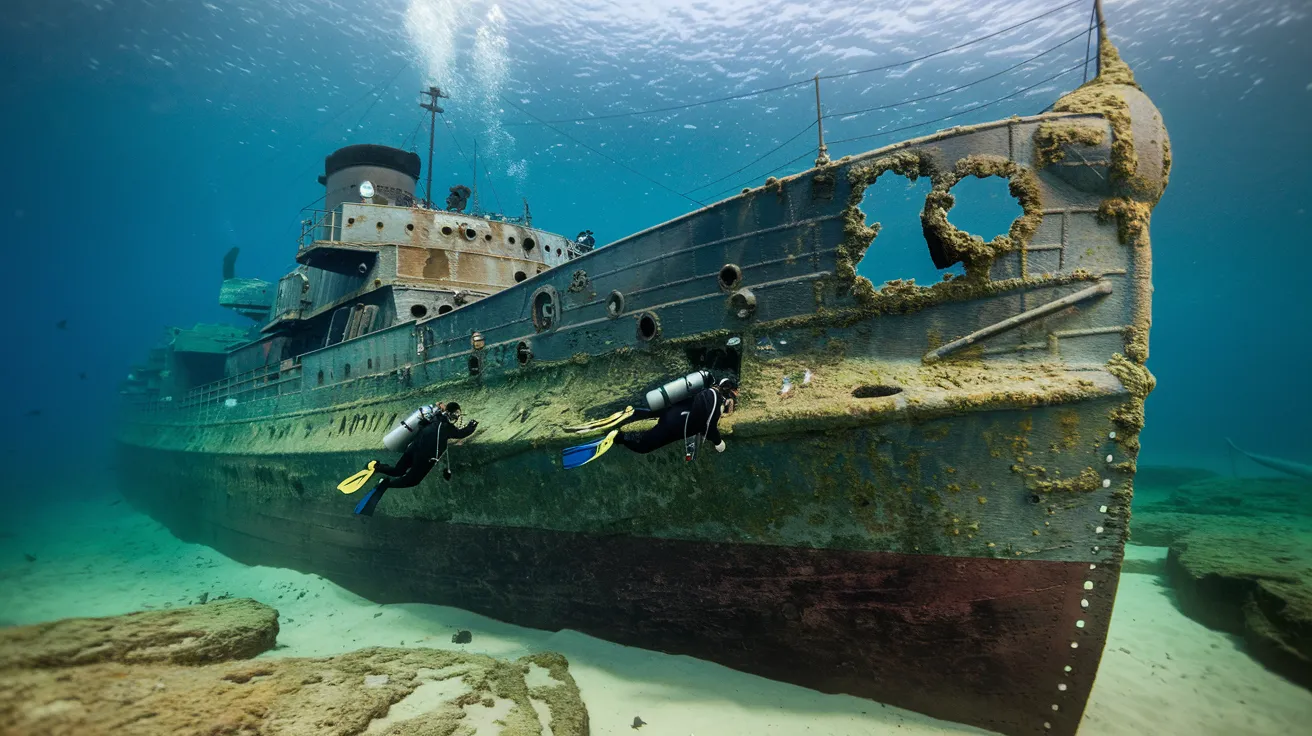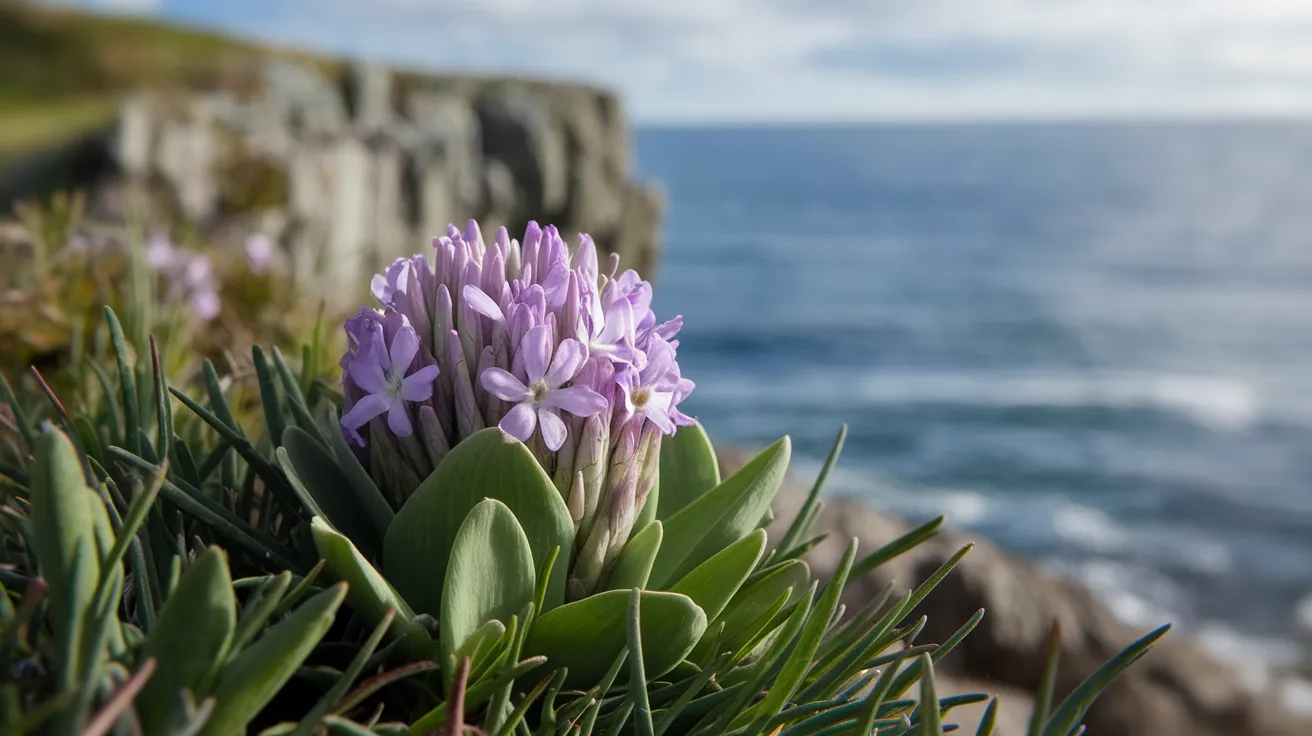Quick Navigation
- Who Were the Picts?
- Key Pictish Sites in Orkney
- Enigmatic Symbols: The Pictish Stones
- Archaeological Clues: Metalwork, Carvings, and Script
- The Pictish-Norse Transition
- Frequently Asked Questions
- Where can I see Pictish stones in Orkney?
- What do the Pictish symbols mean?
- Did the Vikings wipe out the Picts in Orkney?
- Is Ogham a Pictish language?
Before the Vikings arrived, Orkney was a heartland of the Picts, a mysterious and powerful Iron Age people who dominated northern Scotland for centuries. While much about their language and origins remains debated, their legacy endures in Orkney through enigmatic symbol stones, sophisticated metalwork, and settlements built around earlier brochs. Exploring Orkney's Pictish heritage offers a fascinating glimpse into a pre-Norse world and the complex cultural transitions that shaped the islands. This guide delves into the key sites, symbols, and archaeological evidence of Pictish Orkney.
Who Were the Picts?
The Picts were a confederation of tribes who inhabited Scotland north of the Forth-Clyde line from roughly 300 AD to 900 AD. The name 'Picti' (Latin for 'painted' or 'tattooed' people) was given by Roman writers, but what they called themselves is unknown. Traditionally divided into Northern and Southern Picts, recent genetic studies suggest they were indigenous peoples of Britain, not later immigrants.
They were renowned for their intricate art style, particularly evident on carved symbol stones, and their ability to resist Roman and later Anglo-Saxon expansion. In Orkney, the Picts represented the dominant culture during the Early Medieval period, building upon existing Iron Age structures like brochs and establishing significant power centres before the arrival of the Norse.

Key Pictish Sites in Orkney
- Brough of Birsay: This tidal island is arguably Orkney's most important Pictish site. Beneath the later Norse Earl's settlement lie substantial Pictish remains, including:
- Evidence of a high-status settlement, possibly a Pictish royal or ecclesiastical centre.
- Workshops indicating sophisticated metalworking, producing items like distinctive pins and brooches.
- Fragments of several Pictish symbol stones, including a famous slab depicting warriors alongside symbols like the 'Pictish Beast', crescent and V-rod, and eagle.
- Possible early Christian elements, suggesting Birsay was a centre of power during the conversion period.
- Broch of Gurness (Evie): While primarily an Iron Age broch, the surrounding settlement shows significant Pictish-era occupation. Houses and structures were built using stone from the decaying broch tower, indicating continuity and adaptation of earlier sites.
- East Broch (Burray): Excavations here have also revealed evidence of Pictish activity around an earlier broch structure.
- Pool (Sanday): Ongoing excavations at this coastal site have uncovered layers spanning from the Neolithic through to the Norse period, including significant Pictish structural remains and artefacts, highlighting long-term settlement continuity.
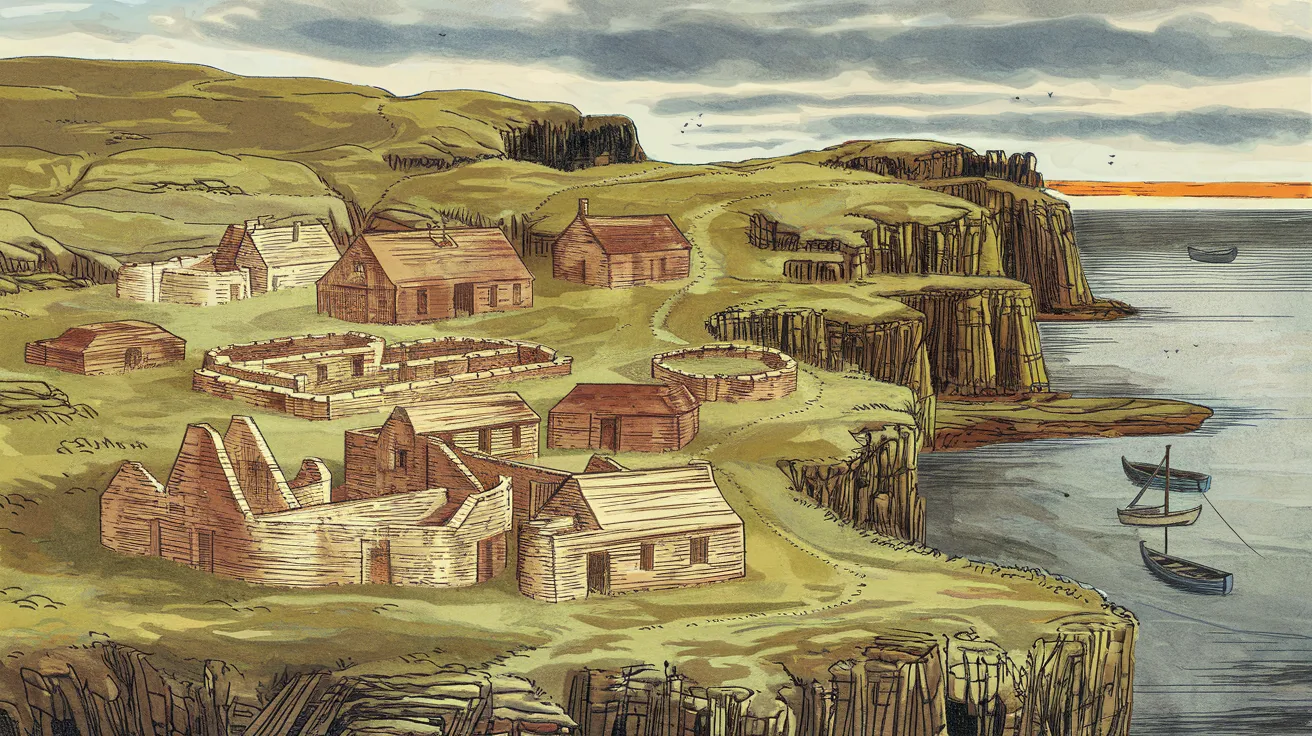
Enigmatic Symbols: The Pictish Stones
Orkney holds a significant collection of Pictish symbol stones, carved slabs bearing a unique repertoire of abstract, animal, and object symbols. Their exact meaning remains a puzzle, with theories ranging from lineage markers and territory boundaries to representations of Pictish cosmology or personal names.
Common symbols found in Orkney include:
- Geometric Symbols: Crescent and V-rod, Double Disc and Z-rod, Triple Disc.
- Animal Symbols: Eagle, Bull, the mysterious 'Pictish Beast' (a creature resembling a dolphin or elephant).
- Object Symbols: Mirror and Comb (often interpreted as representing female status or identity), Tongs, Hammers.
Orkney stones, like the Brough of Birsay fragment, often combine these symbols with figural representations (like the warriors) or later Christian crosses (Class II stones, e.g., Newark stone found in Sanday), showing the evolution of Pictish art and belief systems.
Archaeological Clues: Metalwork, Carvings, and Script
Beyond the symbol stones, other archaeological finds shed light on Pictish Orkney:
- Metalwork: Distinctive Pictish styles of jewellery, such as intricate penannular brooches and decorated hand-pins, have been found, indicating skilled craftsmanship and connections to elite centres elsewhere in Pictland (like Rhynie).
- Carvings: Besides symbol stones, Pictish motifs are found on smaller items like bone combs and plaques.
- Ogham Script: Some stones, like fragments from Brough of Birsay, bear inscriptions in Ogham, an alphabet originating in Ireland. Its presence in Pictish contexts suggests interaction and possibly the recording of Pictish names or words, though the language itself remains largely undeciphered.
- Christian Influence: The appearance of cross-slabs from the 8th century onwards indicates the gradual adoption of Christianity, often blending Christian symbols with traditional Pictish motifs.
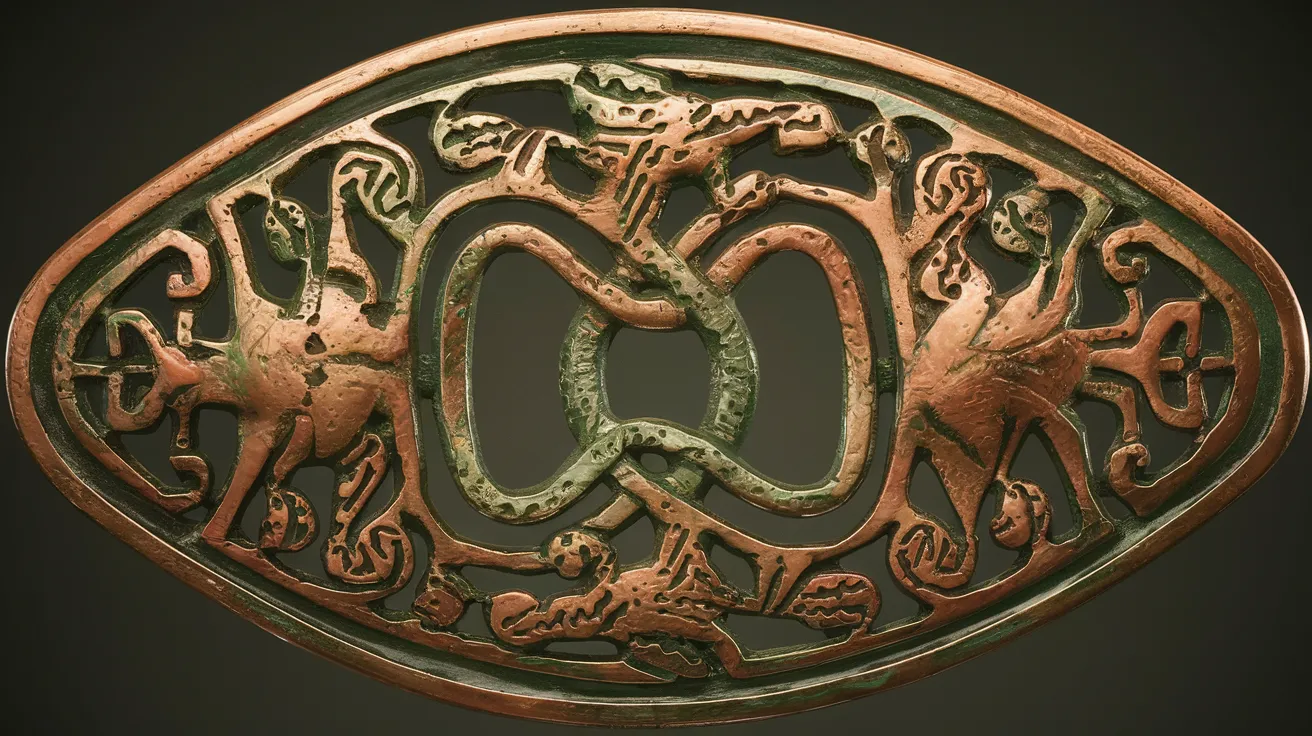
The Pictish-Norse Transition
The arrival of Viking settlers from the late 8th century onwards marked a major turning point. The relationship between the established Pictish population and the incoming Norse was likely complex:
- Evidence of Conflict?: While Norse sagas sometimes depict conquest, archaeological evidence is more nuanced.
- Integration & Assimilation: Sites like Brough of Birsay show Norse structures built directly over Pictish layers. Finds of Pictish objects in Viking graves, and Viking adoption of some Pictish artistic styles, suggest a degree of cultural blending and intermarriage rather than complete displacement. Genetic studies also point to significant continuity of the local female population.
- Cultural Shift: Over time, Norse language (Norn), social structures, and eventually Christianity (re-introduced via Norse channels) became dominant, leading to the gradual disappearance of a distinct Pictish identity and language in Orkney by around 900 AD.
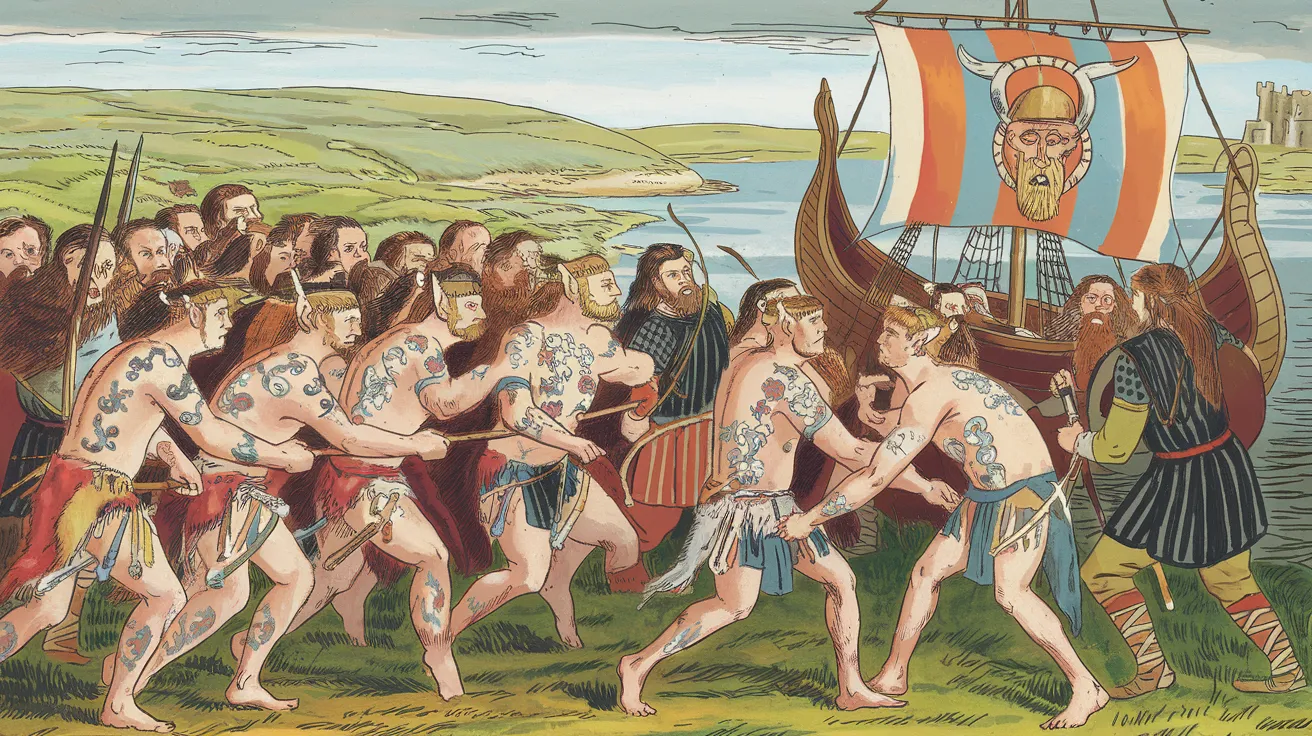
To find relevant videos, search YouTube for "Orkney Pictish Stones" or "Brough of Birsay archaeology".
Frequently Asked Questions
Where can I see Pictish stones in Orkney?
The best examples are housed in the Orkney Museum in Kirkwall, including the Brough of Birsay stone. Fragments and related sites can be visited at Brough of Birsay itself (check tide times).
What do the Pictish symbols mean?
Their exact meaning is still debated by experts. They likely represented a complex system of communication related to identity, lineage, territory, or belief.
Did the Vikings wipe out the Picts in Orkney?
The evidence suggests a more complex process of assimilation, intermarriage, and cultural fusion rather than complete displacement, although conflict likely occurred.
Is Ogham a Pictish language?
Ogham is an alphabet, primarily used to write early forms of Irish Gaelic. Its use on some Pictish stones suggests contact and literacy, but the underlying language being recorded might have been Pictish or Gaelic.
Orkney's Pictish heritage offers a fascinating, though often enigmatic, chapter in the islands' long story. Visiting sites like Brough of Birsay or viewing the symbol stones in the Orkney Museum provides a connection to this pre-Norse culture that played a crucial role in shaping the Northern Isles. Consider Orkney accommodation near Birsay or Kirkwall to explore these intriguing remnants.

